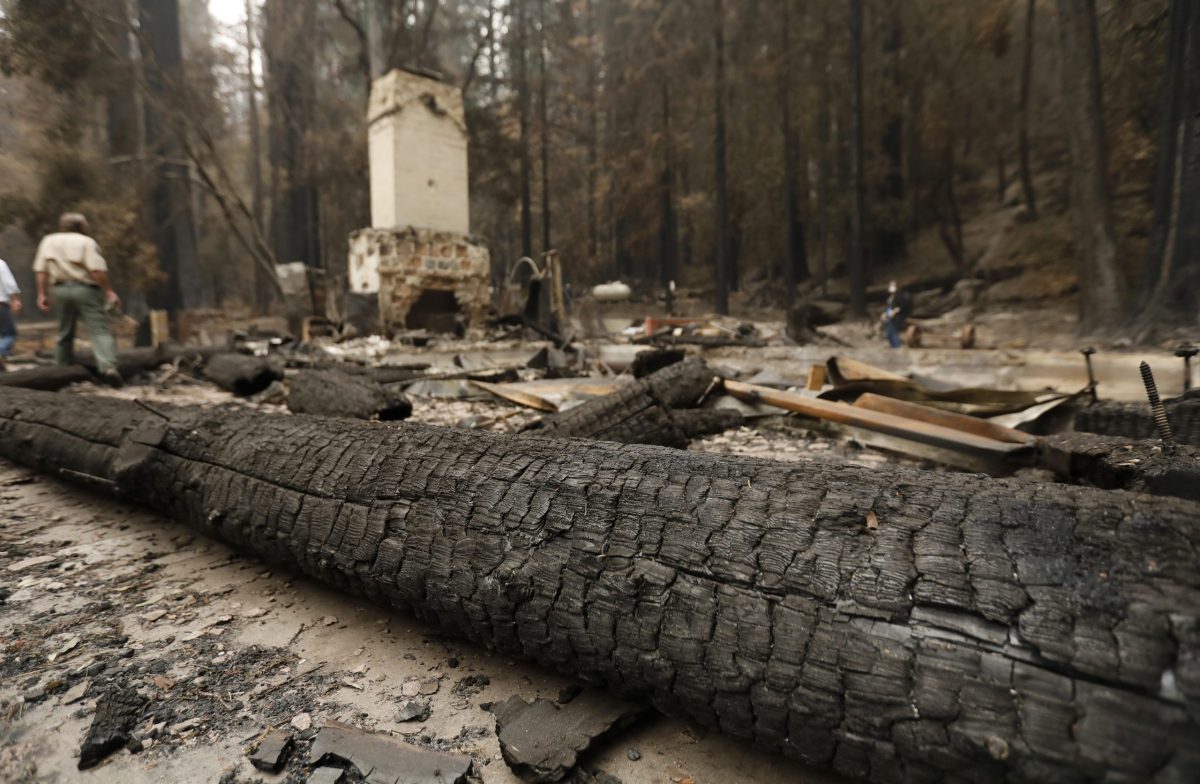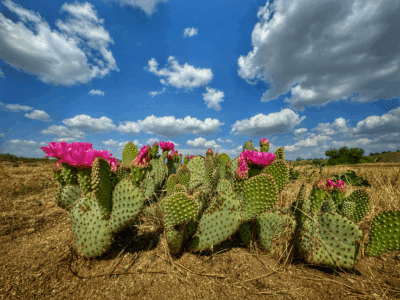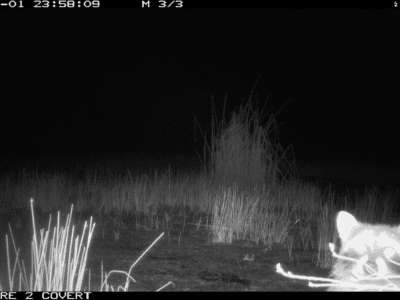


| IN SUMMARY Successfully reducing the risks of major floods and catastrophic wildfires will require many years of sustained commitment and coordination. |
| By Joshua Viers and Joshua Viers is director of the Center for Information Technology Research in the Interest of Science (CITRIS) at UC Merced, where he is a professor of Civil and Environmental Engineering, jviers@ucmerced.edu. |
| Julie Rentner, Special to CalMatters Julie Rentner is president of River Partners, an NGO that builds multi-benefit floodplain habitat restoration projects across California, jrentner@riverpartners.org. |
October 5, 2020
Californians are understandably focused on the wildfires that have charred more than 3 million acres and darkened our skies – forcing us to find masks that protect us from both COVID-19 and smoke. But Californians should also pay attention to the multiple hurricanes that have devastated the Gulf Coast this season. These disasters have much in common.
First, climate change is increasing the risk from and severity of floods and wildfires. Second, California is particularly vulnerable to both types of disasters. And third, successfully reducing flood and fire disaster risk will require many years – perhaps decades – of sustained commitment and coordination.
This final point bears emphasis. California decision-makers can have short attention spans. They may focus on flood issues for a year or two after a monster storm, but inevitably move on. The same goes for catastrophic wildfires. But we can no longer afford inconsistent focus on these twin threats to our future. Much like preparing for a pandemic before – not after – one strikes, we must learn to work to reduce flood risk during years dominated by wildfires and work to reduce fire risk during flood years.
Recent science reveals that flood risks related to our changing climate will be particularly serious in California. Warmer air and warmer oceans force more vapor into the atmosphere. That will increase the frequency and intensity of major storms.
A recent scientific study examined how this will increase flood risks in the Central Valley. Researchers projected that precipitation in the Sierra Nevada during extreme future atmospheric river events, to which California is particularly prone, will increase by approximately 25%. Further, as a result of warming, less of this precipitation will fall as snow.
The double whammy of increased precipitation and a greater percentage of rainfall is projected to increase peak flood flows into the Central Valley by nearly 50%. These changes, researchers concluded, “could present major flood control challenges for the region” and thereby put hundreds of thousands of Californians at increased risk.
Even while a pall of smoke hangs over much of the state, we must also focus on reducing future flood risks. Fortunately, we know how to do this.
For the past century, our primary flood strategies were damming our river headwaters and building levees along lowland rivers. Scientists and engineers now tell us that this narrow strategy is not well suited to our growing flood risk. Instead, we must strategically reconnect some floodplains to allow our rivers to accommodate higher flood flows.
Fortunately, well designed floodplain projects provide many benefits beyond flood hazard reduction – including recharging groundwater aquifers, enhancing public recreation, sequestering carbon and creating more habitat for fish and wildlife. As a result, this multi-benefit approach to flood management enjoys remarkably broad support among California’s diverse water stakeholders. Moreover, California has proven that building multi-benefit flood projects works and can be coupled with functional improvements in river flows to get more environmental “pop per drop” in drier years. Achieving these benefits, and reducing our growing flood risk, will require a dramatic acceleration of the pace at which we build these green infrastructure projects.
The Central Valley Flood Protection Board should focus on this infrastructure need as they update the current Central Valley Flood Protection Plan. The newly minted California Water Data Consortium should also analyze these improvements to more accurately predict changes to our state’s water balance.
Finally, during 2021, state and federal decision-makers should focus on investments in green infrastructure as they debate how infrastructure programs can speed recovery from the COVID-19 recession.
Fortunately, California is an innovative and wealthy state. And we all recognize that we must reduce greenhouse gas emissions and prepare for the increased threats that a warmer world will bring.
Over the next decade, California can become a world leader in reducing climate driven risks from both floods and wildfires. The first step is to recognize that our disaster risk reduction efforts must be sustained and must match the scale of these paired threats.
See the original article in CalMatters.








